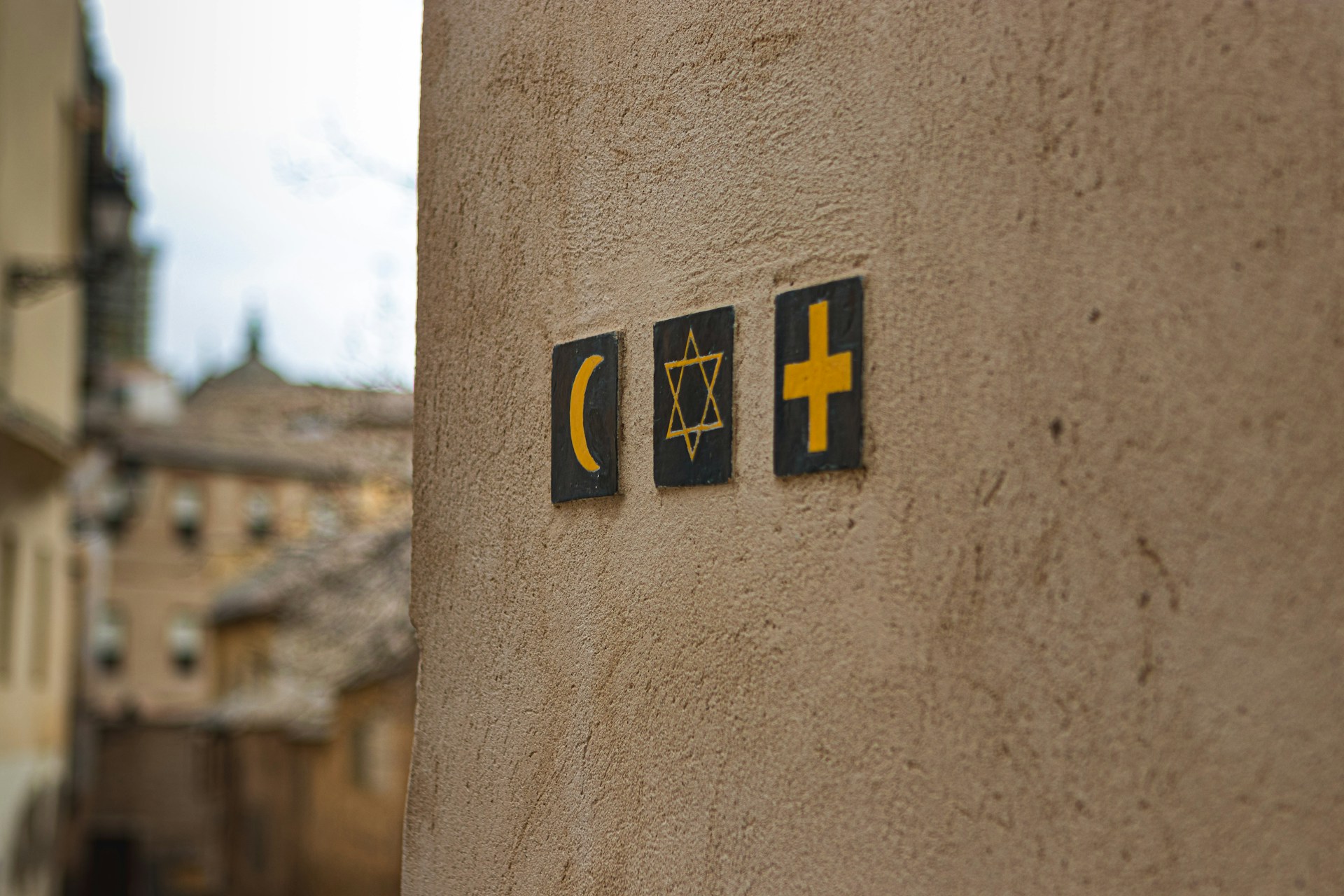What Are The Vedas?
-
The Vedas (literally “wisdom”), are key religious texts. They consist of four collections of hymns, philosophical teachings and instructions that are recited verbally:
the Sama Veda (chants and melodies), the Rig Veda (hymns to different gods), the Yajur Veda (ritual instructions), and the Atharva Veda (popular incantations and folklore).
Other prominent religious texts, like the epic Mahabharata, are often called “the Fifth Veda.”
… Each Veda is attached to associated literature called Brahmanas, which are concerned especially with rituals, and Upanishads, which explore a deeper philosophical understanding
of the universe. The Upanishads and their interpretations are sometimes called Vedanta, literally the “end of the Vedas.”
The Pluralism Project, Harvard University
-
The four Vedas are the earliest Indian texts composed orally in archaic Sanskrit during the late Bronze and
early Iron Ages (c. 1400–400 BCE). They consist of religious poetry and ritual formulas, followed by
text layers of explanatory prose, early philosophy, and, finally, voluminous ritual manuals.
Michael Witzel, Oxford Bibliographies
Additional Resources & Commentaries
